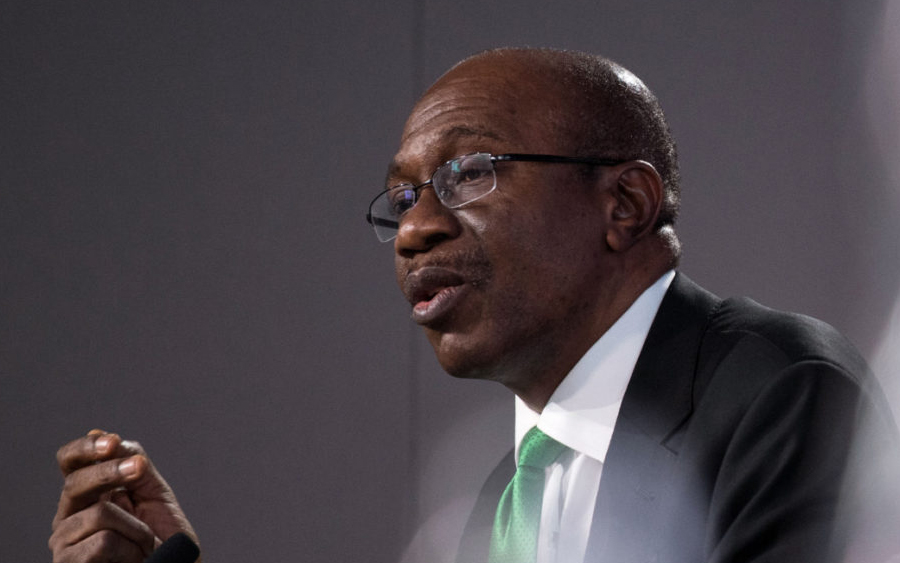Nigeria’s balance of payment account surged significantly in the first quarter of 2022 to $2.58 billion from $54.22 million recorded in the previous quarter. This is according to data obtained from the Central Bank of Nigeria.
A spike in crude oil export earnings ensured that Nigeria’s balance of payment, which records all the monetary transactions made between residents of a country and the rest of the world during any given period, hit its highest level since the COVID-19 pandemic in Q1 2021.
Specifically, Nigeria recorded a crude oil export value of $13.52 billion, a 31% increase compared to $10.35 billion recorded in the previous quarter and $5.07 billion in the corresponding period of 2021. Also, inflows from gas export increased by 13% to $1.83 billion from $1.63 billion in Q4 2021.
The improvement in the crude oil export inflow is largely attributed to the rally in the crude oil market as prices rose to a record high following the invasion of Ukraine by Russia. Although Nigeria’s crude oil production has recorded a recurrent decline, the significant rise in the price of crude oil was able to elevate its earnings from crude export.
On the other hand, Non-oil export inflows dropped by 12% in the first quarter of the year from $2.21 billion recorded in the previous quarter to $1.83 billion. Meanwhile, total goods import recorded in Q1 2022 declined marginally by 3% to $13.66 billion.
Highlights
- Nigeria recorded a negative net service balance of $2.83 billion, largely driven by expenses on business travels ($42.16 million), foreign education ($388.16 million), and other business services ($870.41 million).
- During the period under review, a total of $63.1 million was received as employee compensation against $10.03 million recorded as outflows.
- Transfers into the Nigerian economy were stated at $10.81 billion in contrast to $8.82 billion sent abroad, indicating a positive net balance of $1.99 billion.
What this means
- The Balance of Payment of Current Account balance measures all the international monetary transactions recorded in the country in a given period.
- It measures the inflow and outflow of goods, services, investment incomes, and transfer payments.
- There are basically three components of the balance of payment, which are the current account, capital account, and financial account.
- A balance of payment statement can be used as an indicator to determine whether the country’s currency value is appreciating or depreciating.
- A positive current account or balance of payment is very much desired by any economy and is a welcomed development for the Nigerian economy, as it indicates a net inflow of foreign exchange into the economy.
The Nigerian economy has witnessed a significant FX crunch following the covid-19 pandemic, which has placed immense pressure on the local currency, with dollars trading at N426/$1 at the official Investors and Exporters window.






















